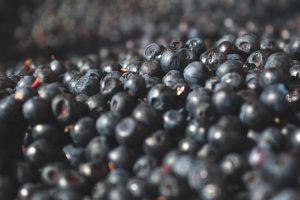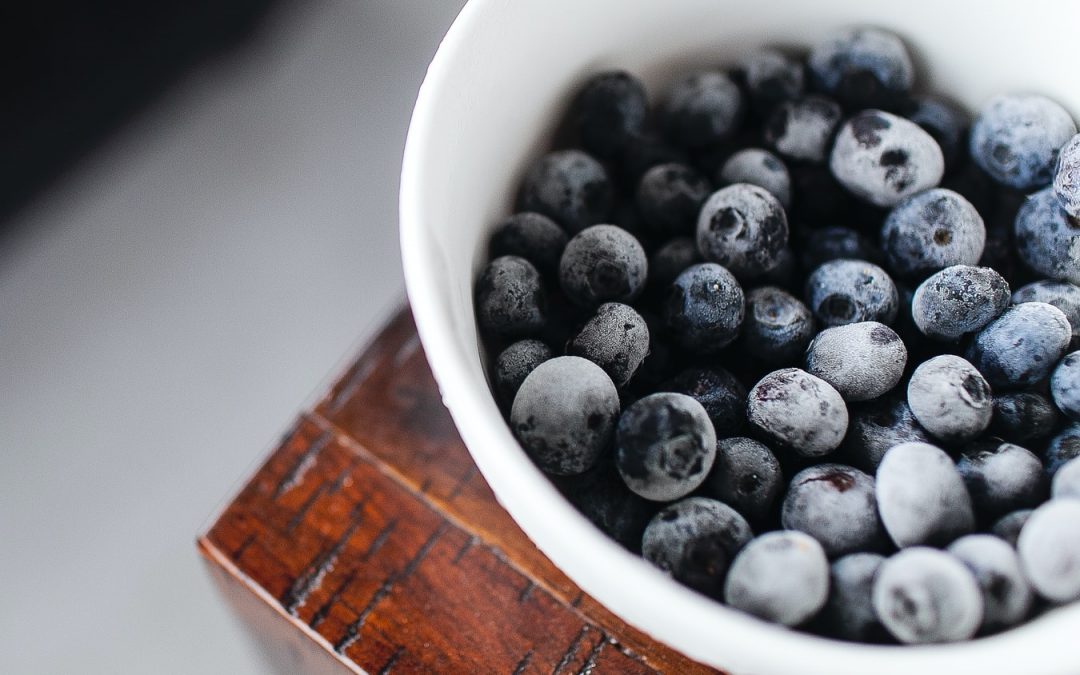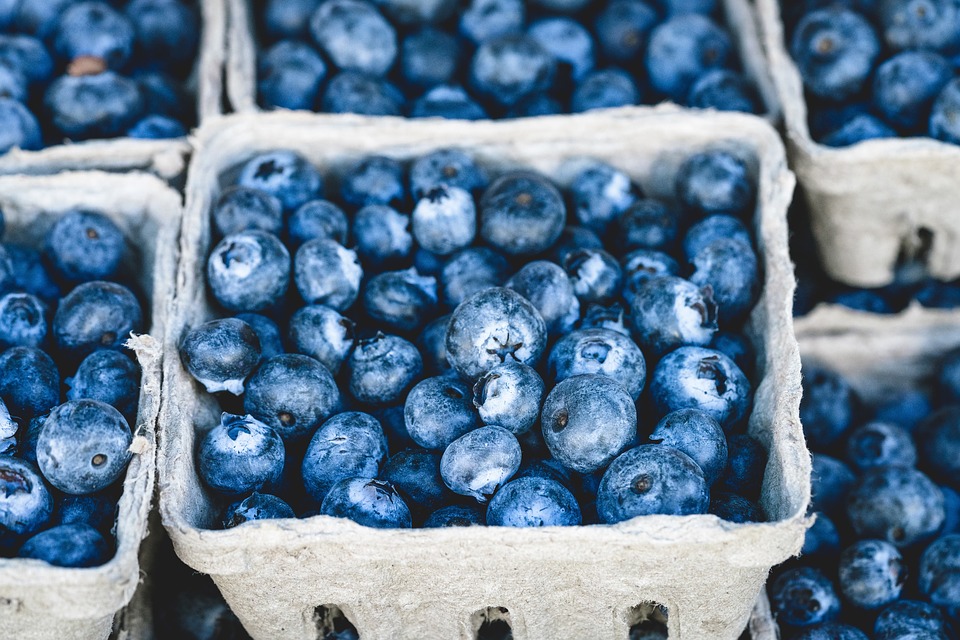Australians love eating blueberries and blueberry production is rapidly expanding. In 2016-17, blueberry production was valued at $146 million and an average of 18,000 tonnes of the popular berry are produced every year.
Blueberries are produced in all states and territories of Australia minus the Northern Territory with three quarters of production happening in New South Wales. Half of Australia’s blueberry production is sold domestically, while the remainder is either sold overseas or processed as frozen products.
It may come as a surprise that there is more than one variety of blueberry and that frozen blueberries are graded. In this article we’ll help you understand everything there is to know about blueberry species and how frozen blueberries are graded.

What types of blueberries are grown in Australia?
The most common types of blueberries that are grown in Australia are the northern highbush, southern highbush and rabbiteye. In cooler climate areas such as Victoria, Tasmania and the southern highlands of New South Wales, you’ll find northern highbush blueberries growing, whereas the southern highbush and rabbiteye can be grown further north in Queensland and the northern part of New South Wales.
How long have blueberries been grown in Australia?
Blueberries were first introduced into Australia in the early 1970s. Australia’s geographic spread means fresh blueberries are available for most of the year, with the best time to eat them between October to March. Demand for blueberries continues to increase due to the berry being a rich source of antioxidants, minerals and vitamins.
Can you get wild blueberries?
In Canada and the northern states in the US you can find wild blueberries. While cultivated blueberries have a mild sweet taste, wild blueberries are much tangier and sour. The season for wild blueberries is much shorter too compared to berries that are grown on a farm.
Are frozen blueberries just as good as fresh blueberries?
Yes, in fact frozen blueberries go through a vigorous grading process so you, as the consumer, know exactly how good those blueberries are. There are four grades of frozen blueberries with ‘A’ being the best and ‘D’ being the worst.
If you want the best frozen blueberries, don’t buy below ‘B’ grade. We’ll explain how blueberries are graded.
 Frozen blueberry grades
Frozen blueberry grades
Grade A
These frozen blueberries are free from almost all defects, possess a normal flavour, possess a normal odour and are a good colour. For frozen blueberries to get an ‘A’ they need to score 90 points or more.
Grade B
Similar to Grade A, except the frozen blueberries must score 80 points or above.
Grade C
Here we start to see that the berries might have some defects, possess some normal flavour and odour. These frozen blueberries have scored 70 points or above.
Grade D
These frozen blueberries have failed to meet the requirements and are substandard.
How do I know what kind of frozen blueberries to buy?
Look for frozen blueberries that use the individually quick frozen method (IQF). This is sometimes also called flash-freezing and involves each individual blueberry going down a conveyor belt into a blast chiller to be frozen. Basically, it means your blueberries won’t freeze together in a block because they were individually frozen. This process was developed by an American biologist Clarence Birdseye while he was ice fishing in Canada.
Can you buy frozen organic blueberries?
Yes, organically grown blueberries are arguably better for you because they have higher ORAC (Oxygen Radical Absorbance Capacity) values. That means they are better at preventing chemical oxidation that causes cellular damage. Organic blueberries contain a higher amount of fructose and glucose, but there are a number of factors that affect the nutritional content of blueberries, including the nutritional content of the soil, how the berries are cultivated and other factors.


